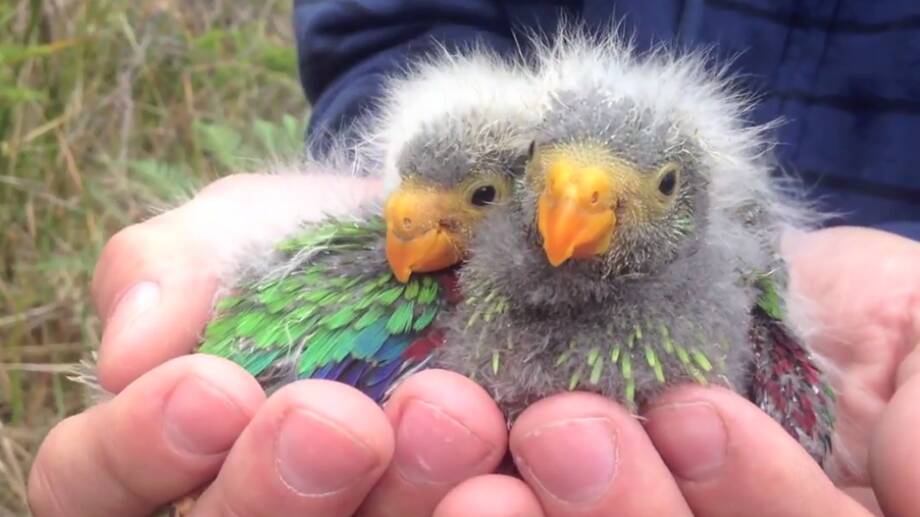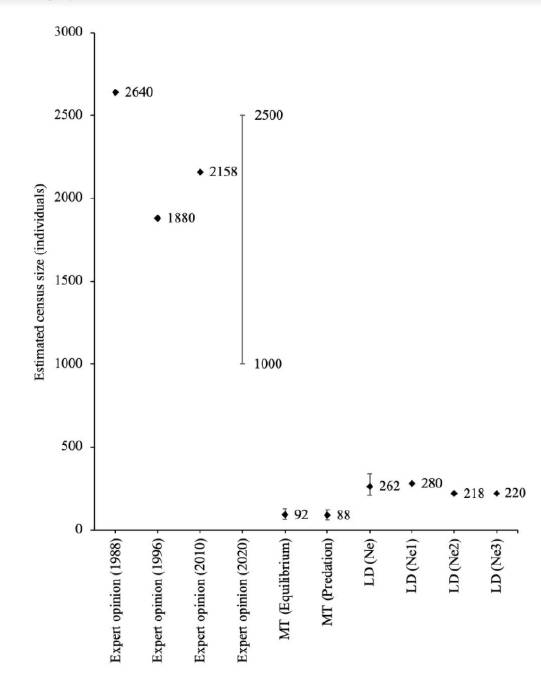
A study of swift parrot genetics combined with research on sugar gliding predation and habitat limitation has found their population could be fewer than 300, with urgent conservation efforts encouraged.
Subscribe now for unlimited access.
or signup to continue reading
The Australian National University study involved genetic analysis of 310 nestlings from 93 nests, using blood, feather and tissue samples from dead birds - along with 31 adults - collected between 2010 and 2015 to test genetic diversity.
The study accounted for overlapping generations, using "widely used genetic techniques" along with past knowledge of their mating and predation rates.
MORE ON THE SWIFT PARROT:
It was the first time such techniques have been used to estimate swift parrot populations, which have in the past been based on estimates given the wide range they cover in searching for appropriate habitat, their small number and migratory nature.
In its discussion section, the research - published in Animal Conservation on Wednesday - noted that the swift parrot "might not be able to maintain sufficient evolutionary potential even in the short term", and its population was predicted at between 60 and 338.

"Our results reveal that swift parrots have a worryingly small [population] and support the critically endangered status of the species," the research states.
"These findings highlight the need for urgent conservation action to halt further population decline."
BirdLife Australia estimated the population as between 1000 and 2500 this year based on census methods, but the ANU study found these predictions were far too high.
The research was funded by the Australian Government, the Australian Research Council, Loro Parque Fundacion and a crowdfunding campaign.
IN OTHER NEWS:
In addition to finding a likely smaller-than-estimated population size, the study could also be valuable in finding population sizes of other similar endangered species.
"We show that it is possible to detect a small population size despite occurrence of siblings and overlapping generations within a critically endangered parrot species," it found.
"Our study has important implications for other threatened species with unknown population sizes and demonstrates that by utilizing even a few microsatellite markers can be enough to derive reasonable estimates of effective population sizes if they have adequate resolution."
Species 'heading towards extinction'
Study co-author Dejan Stojanovic said it was crucial to ensure all habitat was maintained to prevent the swift parrot from becoming extinct.
"Swift parrots are critically threatened by a range of factors, including deforestation of their habitat," Dr Stojanovic said.
"This study shows that threats like the severe deforestation of the Tasmanian breeding habitat of swift parrots has drastically reduced their population size and increased the odds that the species will go extinct."














